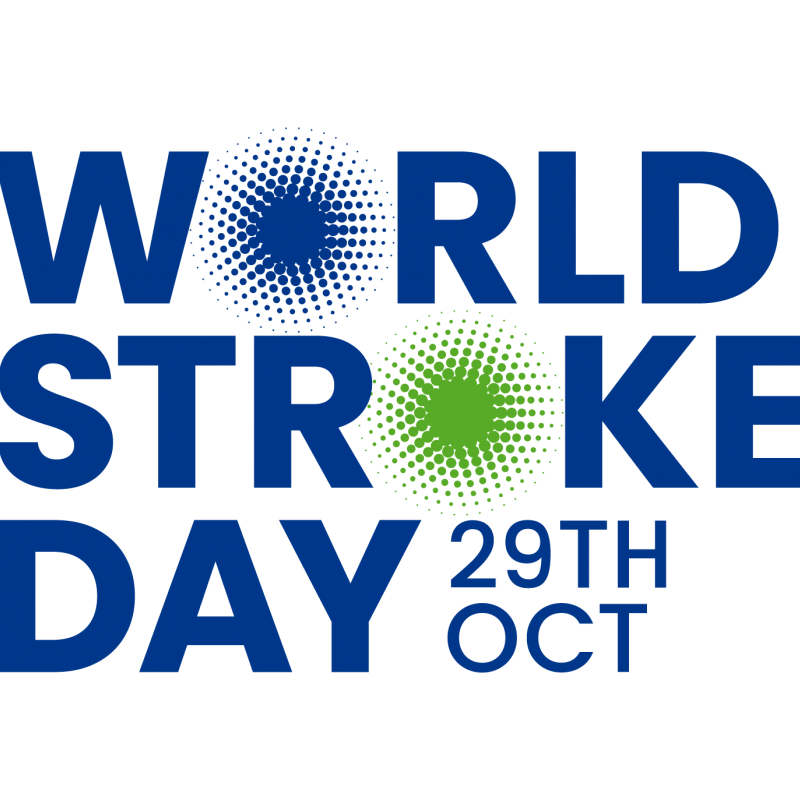An eye injury can be serious and, if not treated quickly, may put your vision at risk. That’s why knowing how to respond is so important.
While most eye injuries are minor, the NHS reports that more than 1,000 serious eye injuries occur in children and young people alone, every year in the UK. Acting quickly, calmly, and correctly can help prevent long-term damage.
Minor Eye Injuries: What to Do
If the eye has not been penetrated (for example, if grit, dust, an eyelash, or a contact lens is causing irritation), you can often rinse the object out safely. Here’s how:
- Encourage the casualty not to rub their eye.
- Sit them in good light so you can see into the eye clearly.
- If possible, wear protective gloves and gently open the affected eye.
- If you can’t see the object, ask the casualty to move their eyes up, down, left, and right.
- Tilt the head to one side and gently pour tepid water or sterile eyewash into the eye, starting from the inner corner.
- Continue rinsing until the eye feels comfortable.
Remember, you won’t always be able to see scratches or damage. If there is still pain or discomfort after rinsing, seek medical advice.
If the casualty needs hospital treatment, cover the injured eye with a sterile dressing and encourage them to rest. Reducing movement in the uninjured eye will also limit movement in the injured one, which helps to limit further damage.
When to Call 999 Immediately
Dial 999 straight away and follow the call handler’s instructions if any of the following apply:
- An object has penetrated or cut the eye. Do not attempt to remove it.
- An object is stuck, painful, or difficult to remove.
- The eye has been exposed to chemicals (for example, cleaning products or workplace chemicals).
- The eye has suffered a flash burn from intense ultraviolet (UV) light. Common causes include direct sunlight, or sunlight reflected from snow or water, welding arcs and sunlamps.
Eye injuries can range from mild irritations to serious emergencies. Being prepared can make a huge difference. When in doubt, always seek medical advice or call 999 for urgent help.
Learn how to treat eye injuries and other first aid emergencies with Help First Aid Training
Help First Aid Training covers the treatment of eye injuries in all our main courses, which are certified for three years. These skills and more are taught in:
- Emergency First Aid at Work (EFAW)
- First Aid at Work (FAW)
- Requalification First Aid at Work
- Paediatric First Aid
We run regular open courses at our training facility in Shildon Business Centre in County Durham, and we can also deliver onsite training at your location. We cover Darlington to Durham, Redcar to Richmond, Newton Aycliffe to North Shields and everywhere in between.
If you're an employer in the construction industry, don’t forget — CITB grants may cover up to 70% of your training costs.
Website: www.helpfirstaidtraining.co.uk
Email: info@helpfirstaidtraining.co.uk
Call us: 01388 417303
CITB Info: www.citb.co.uk
Statistic source – www.healthiertogether.nhs.uk/child-under-5-years/eye-injury
Related News
First Aid for Diabetes: How to treat Hypoglycaemia and Hyperglycaemia
In this guide, Help First Aid Training explains the main types of diabetes, how to spot symptoms of low blood sugar and high blood sugar, and what steps to take...
How Do I Treat a Burn?
It's Bonfire Night, a time for wrapping up, drinking hot chocolate and heading out to see the skies light up.
How Do I Recognise the Signs of a Stroke?
Statistics tell us that one in four of us will suffer a stroke. This World Stroke Day, we're supporting the initiative to #act FAST and finding out how we can...



